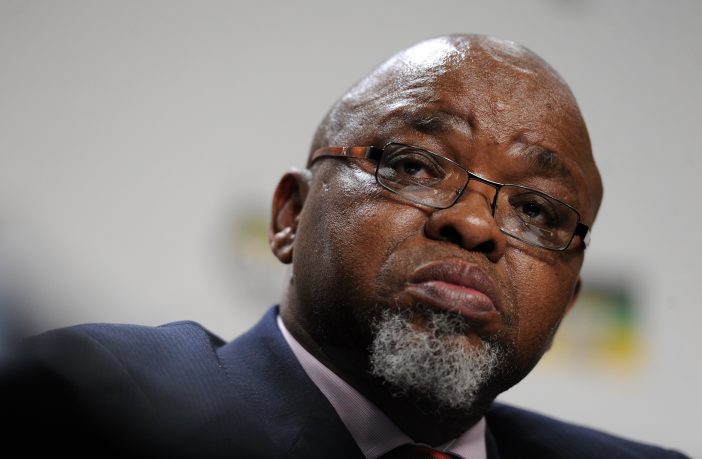Open-Ed
- South Africa’s Minister of Mineral Resources and Energy, Gwede Mantashe, has released the long awaited 2023 Integrated Resource Plan (IRP) for public comment.
- South Africa is in massive energy crisis with blackouts expected to be a daily occurrence through 2024.
- The country’s state owned and state-run energy utility, Eskom, which relies on an ageing coal fired generation fleet, is in a ‘utility death spiral’ and only managed an average energy availability factor of 54.71% last year. Read more
- No one really knows how South Africa’s energy sector will play out and it was hoped that the new IRP would provide clear direction.
- Not so.
My first take is that the document is quite a departure from previous IRP’s. Admittedly, South Africa’s energy sector is much more complex than before and has many moving targets as the country’s energy transition takes shape plus becomes more decentralised. But the added complexities have largely been self-inflicted by poor management of new energy generation procurement by government, undue delays in such procurement plus poor record keeping of private sector generation capacity growth.
The review process in the document determination was undertaken using the Plexos modelling tool which is pretty good provided the input data is correct. The document does not present a fixed plan as such, rather, it presents a number of scenarios and pathways based on two timeline horizons namely, Horizon One – period 2023-2030 and Horizon Two -period 2031 -2050.
The ‘plan’ does not offer any sense of energy security to the ordinary South African.
Horizon One
The modelling of Horizon One is based on four scenarios based on a low energy availability factor (EAF) and a fifth based on a high EAF. The DMRE then submits an ’emerging plan’ based on the Horison One analysis.

Horizon One – scenarios studied for the period 2023 – 2030. Image credit: DMRE

Emerging plan for Horizon One analysis. Image credit: DMRE
Horizon Two
The modelling of Horizon Two analysed five energy mix pathways. The pathways test a combination of generation technologies to understand the extent to which they ensure security of supply.

Horizon Two energy pathways. Image credit: DMRE
Link to the full IRP 2023 document HERE
I hope you can make more sense of the document than I do.
Author: Bryan Groenendaal
Disclaimer: The articles and videos expressed in this publication are those of the authors. They do not purport to reflect the opinions or views of Green Building Africa, our staff or our advertisers. The designations employed in this publication and the presentation of material therein do not imply the expression of any opinion whatsoever on the part Green Building Africa concerning the legal status of any country, area or territory or of its authorities.















